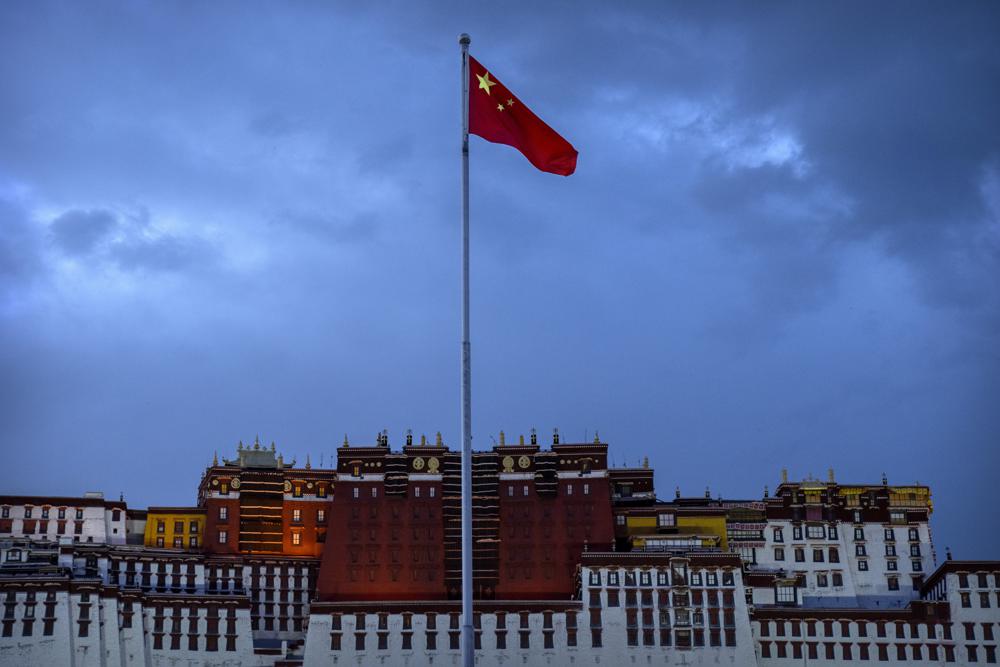

A brisk wind ruffles yellow prayer flags as dozens of Tibetans, some on crutches, circle a shrine in a time-honored Buddhist ritual. Across the street, a red banner spells out a new belief system, one being enforced with increasing fervor, of China’s ruling Communist Party.
“Xi Jinping’s new socialist ideology with Chinese characteristics is the guide for the whole party and all nationalities to fight for the great rejuvenation of China,” the sign proclaims in Tibetan and Chinese script, referring to China’s leader, who has sought to put his imprint on virtually every aspect of life across the vast county.
Lately, that has increasingly encompassed religion, both in central China and on its fringes, such as Tibet. The party is pressing a program to Sinicise Tibetan life through programs to separate Tibetans from their language, culture, and especially, their devotion to the Dalai Lama, Tibet’s traditional spiritual leader who has lived in exile since 1959.